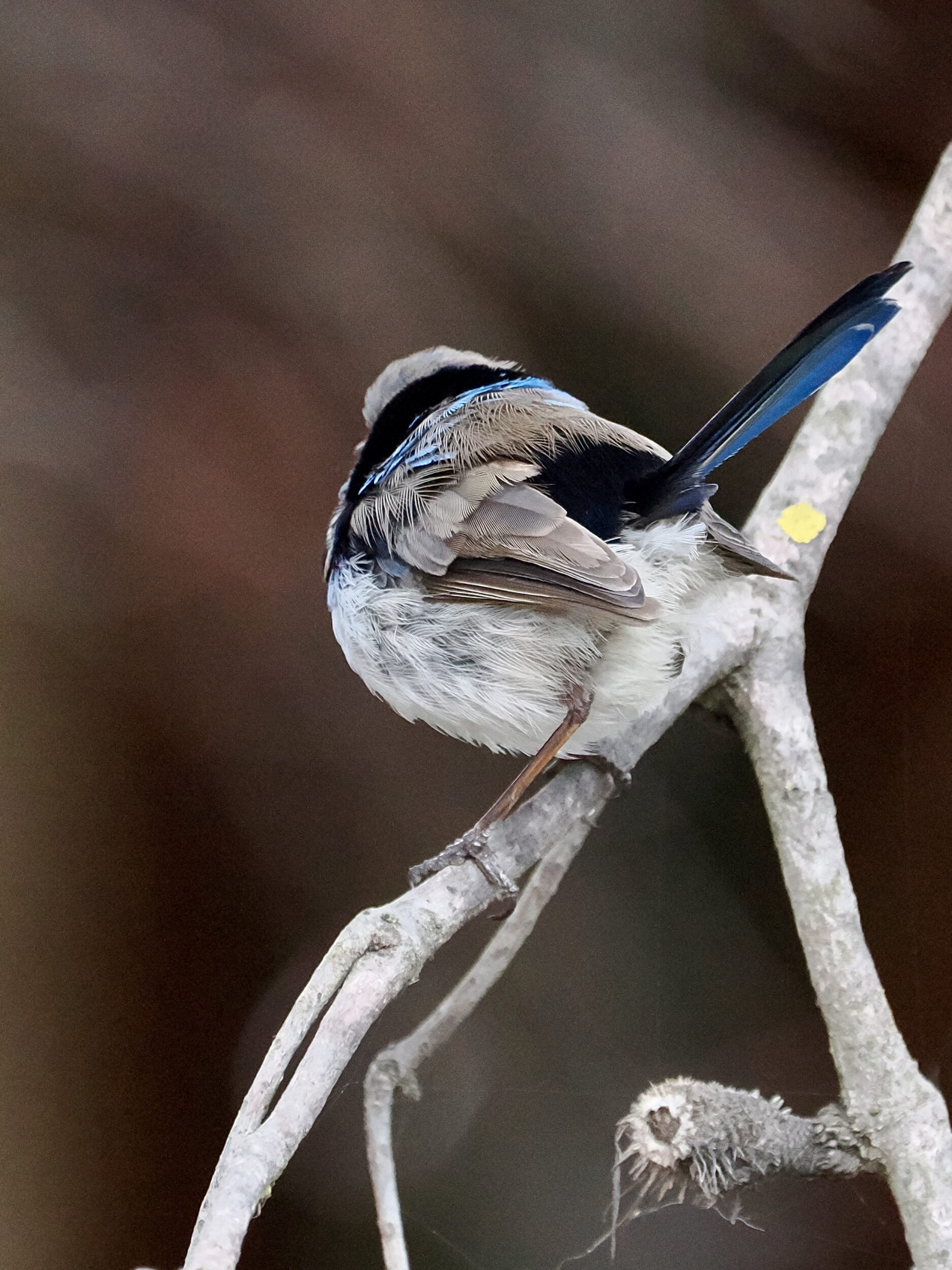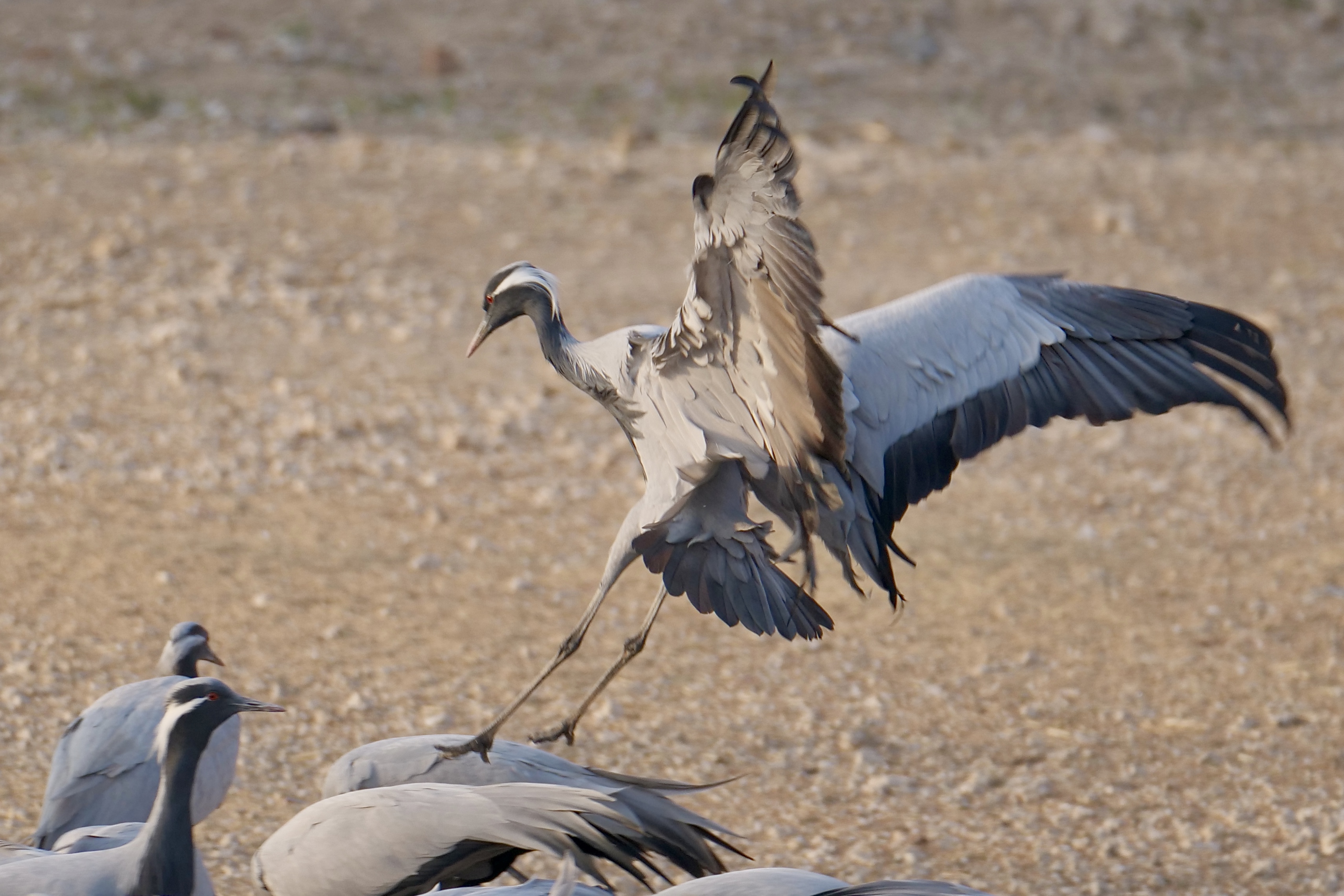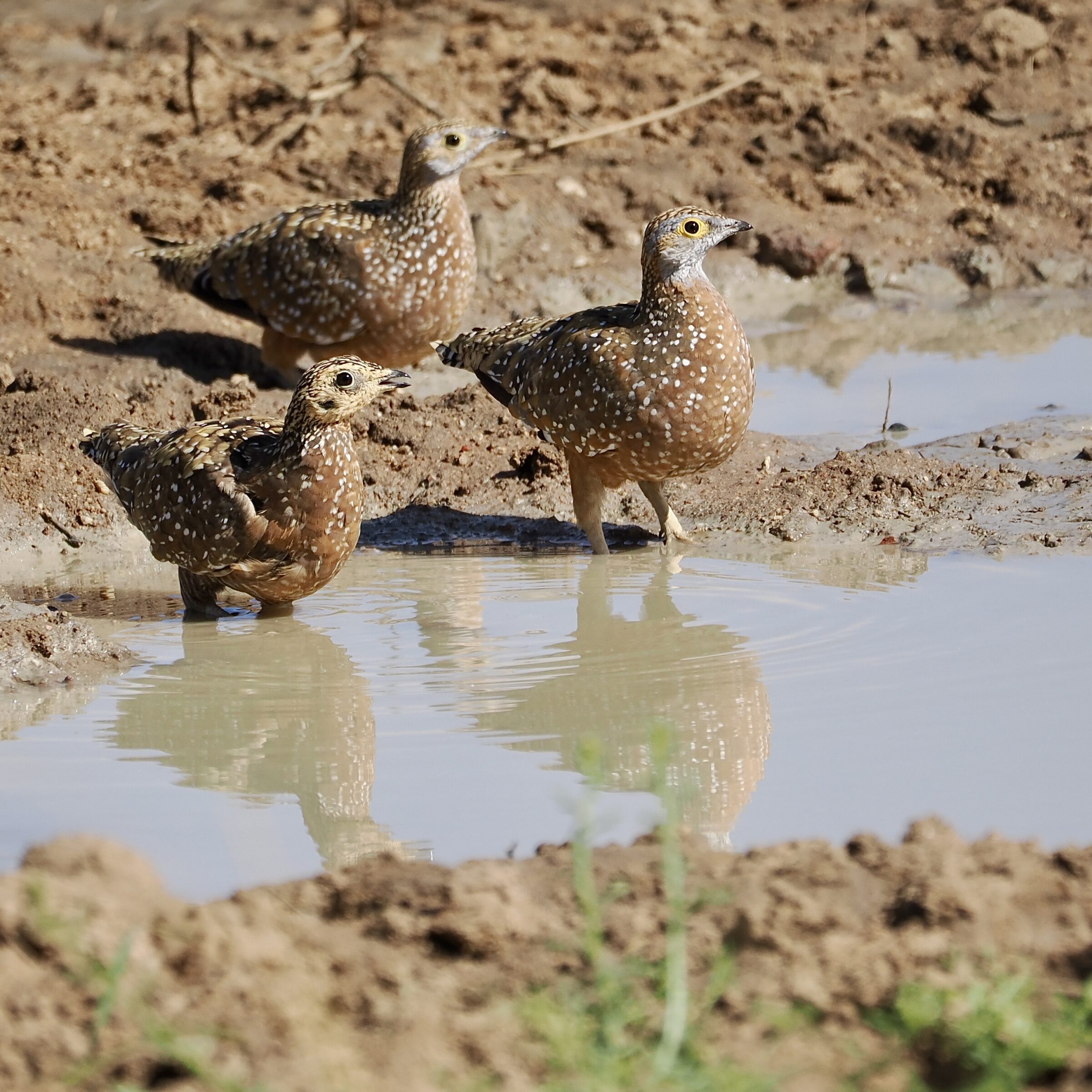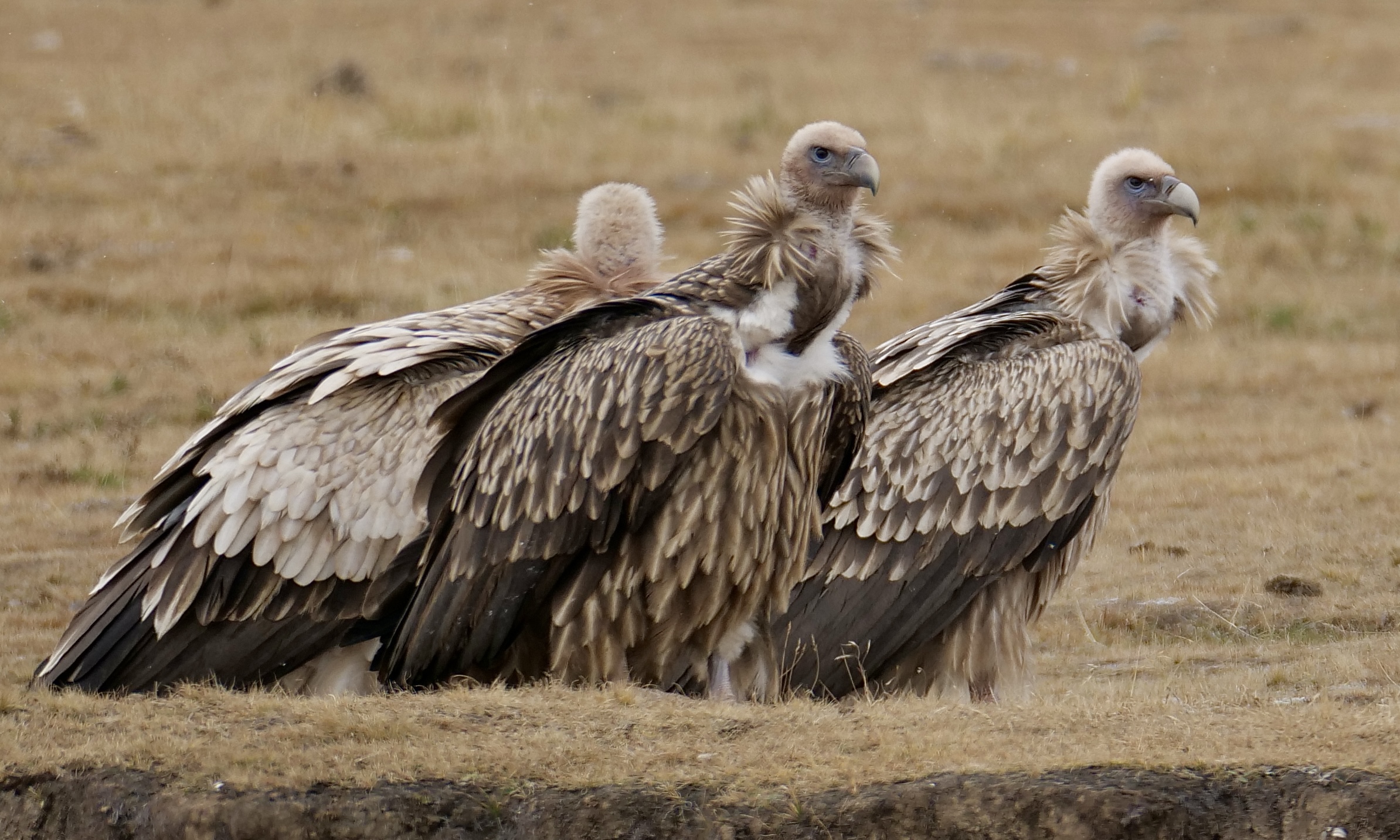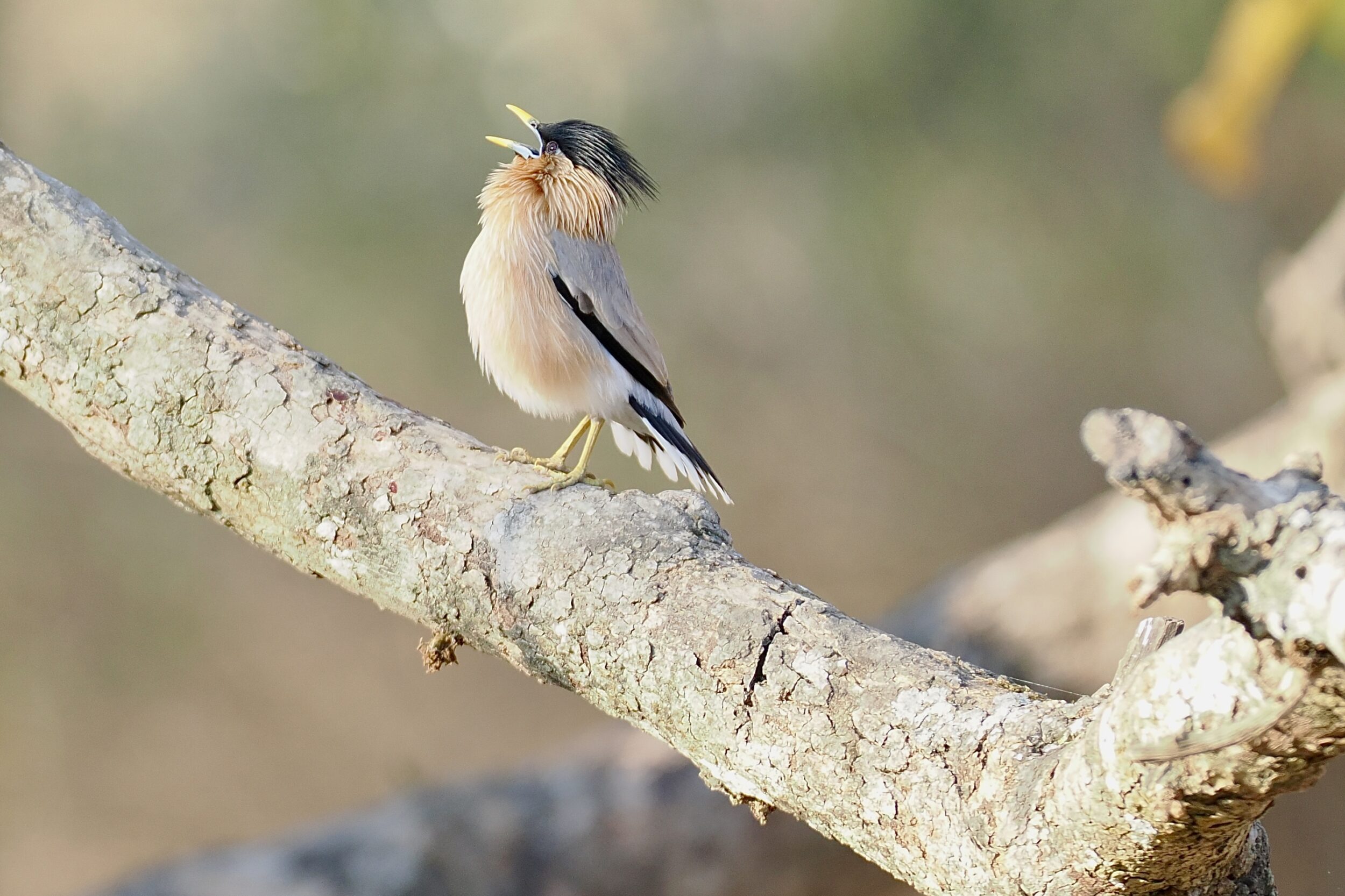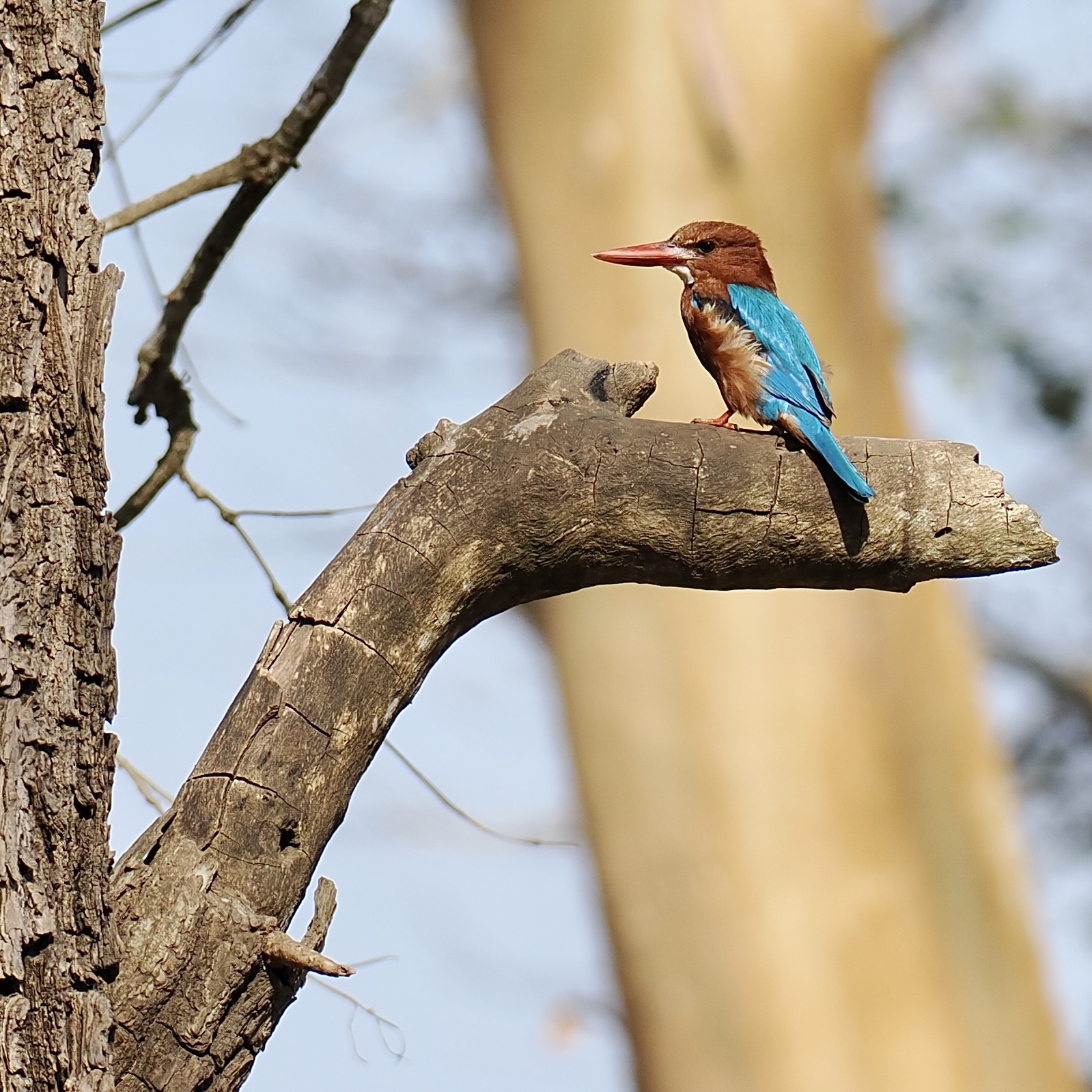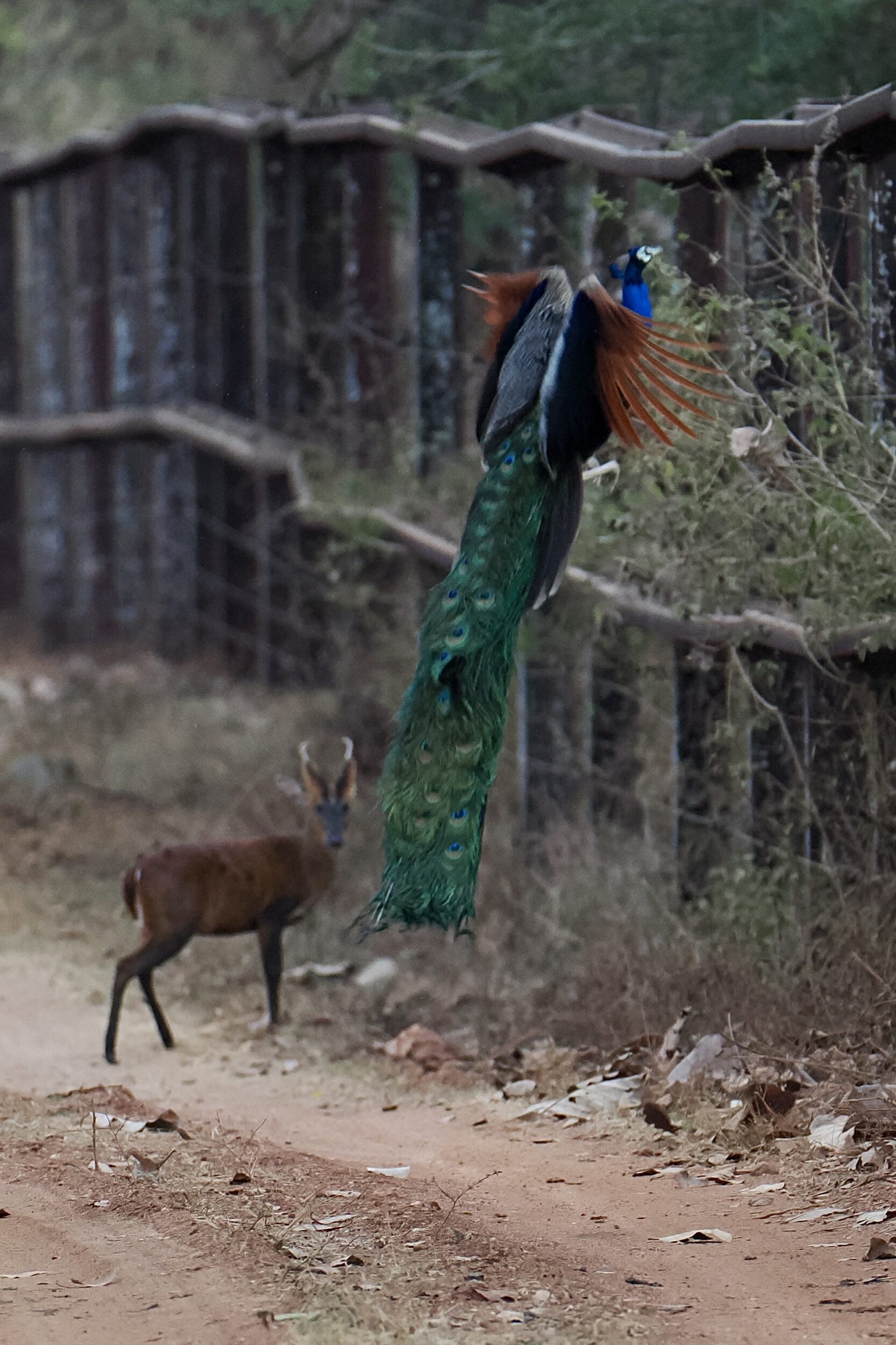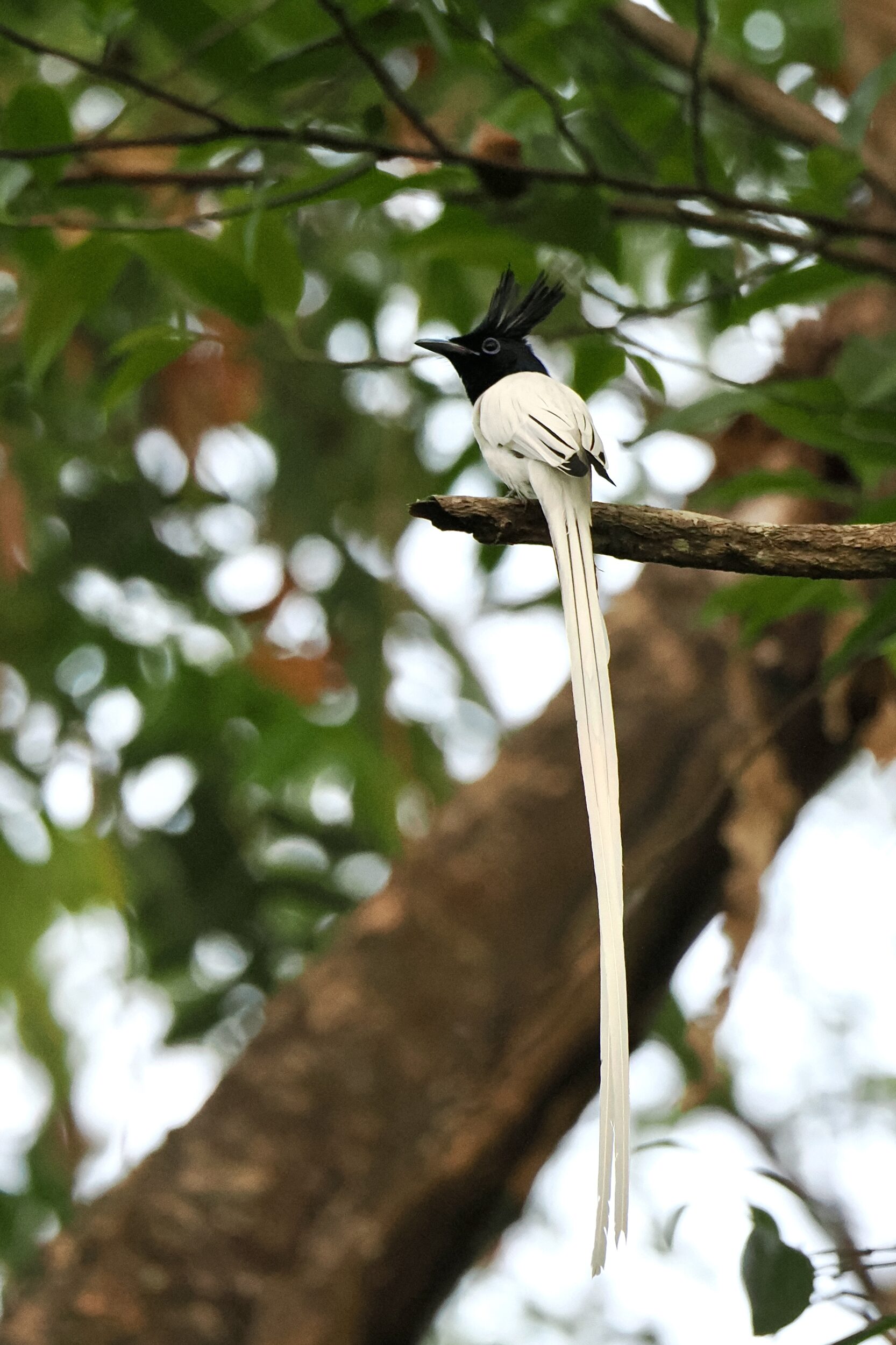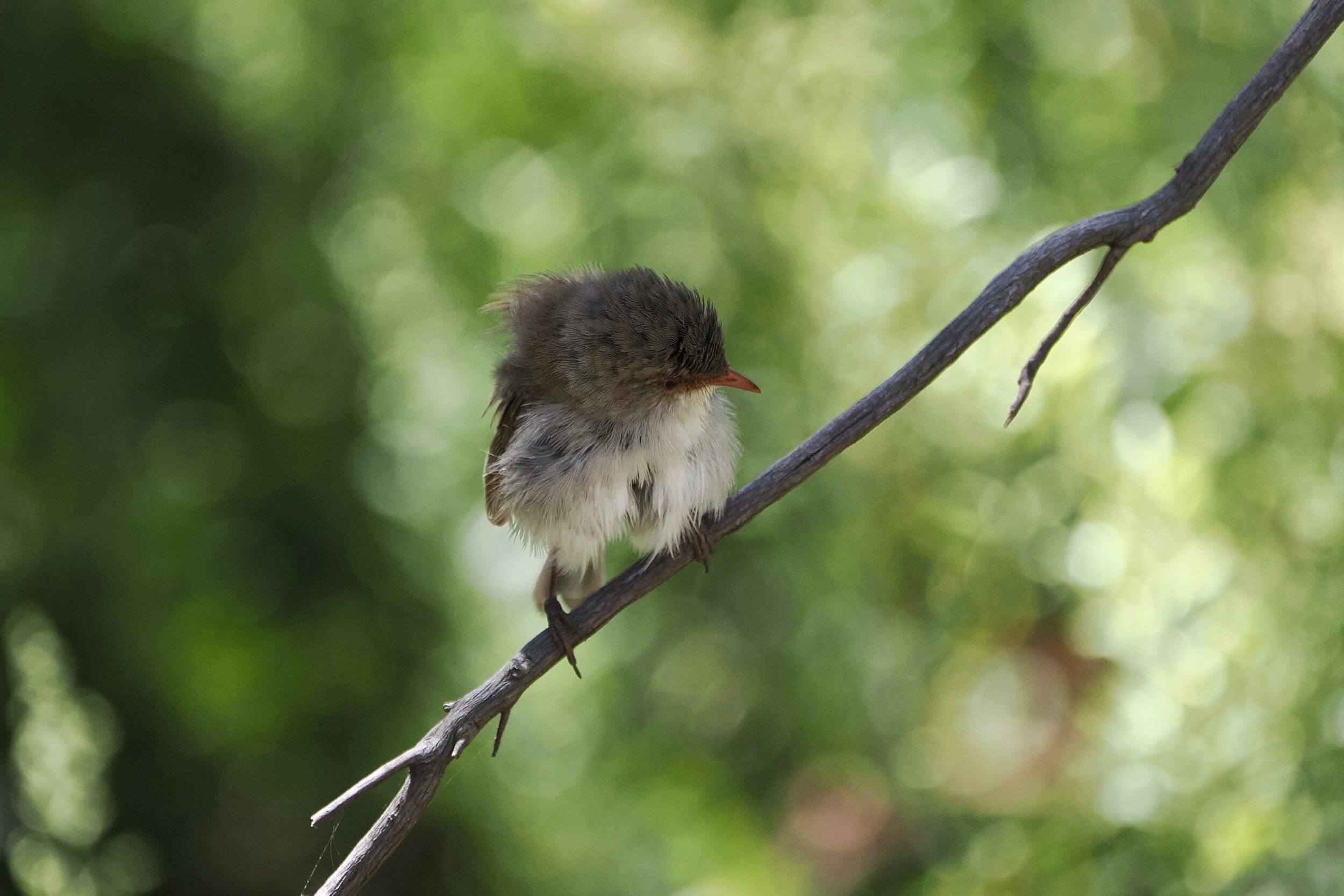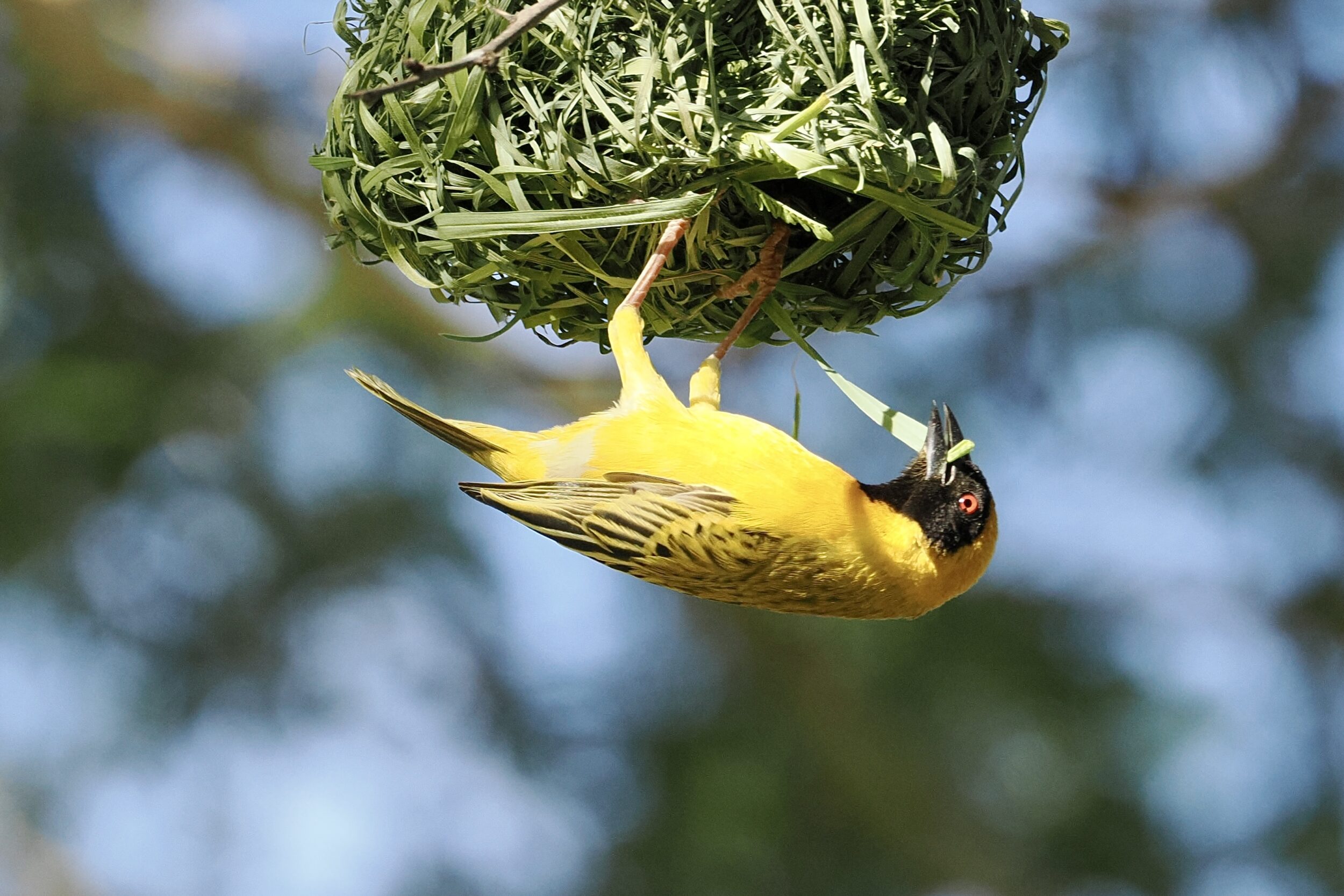Just one week ago we were enjoying our final early morning safari in Karnataka’s Nagarhole Tiger Reserve, before a long drive to Bengalaru (formerly Bangalore) and our longer-again, two-flights journey home.
To an Australian visitor, what you can see above is an utterly amazing, very “exotic” sight.
To a local person who is very familiar with this national park, it is a perfectly ordinary circumstance.
Such an “amazing”/“commonplace” duality is a tag that applies to a great many things in India…and Australia too.
(try to imagine how “utterly unlikely” an emu, a galah, a kangaroo, or a blooming kangaroo paw must look to someone who has never before encountered any of them)
